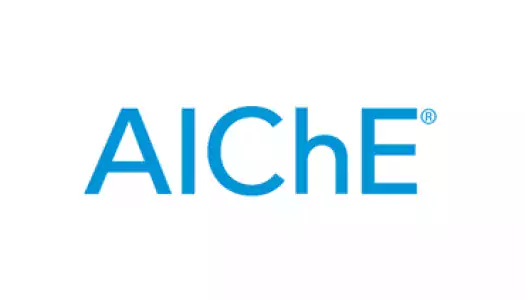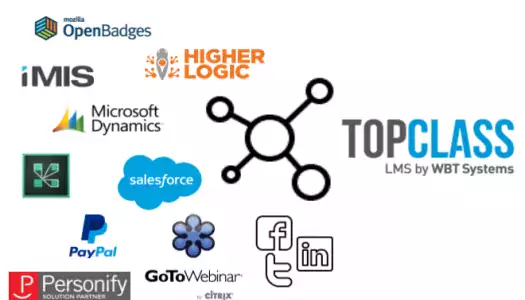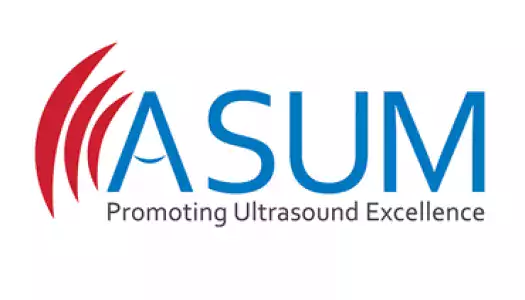Integrating your learning management system with your association management system is essential for associations that want to use the data held in each system for more efficient planning and delivery of member benefits and services. How do you ensure a successful LMS AMS integration?
We asked the WBT Systems implementation team for their advice, based on their vast experience of integrating TopClass LMS with various association management systems. Because TopClass LMS has a 2-way integration bridge as standard with Personify, iMIS, Abila netFORUM™, and with many other systems, the WBT implementation team do all integration work in-house, working closely with associations to ensure the two systems work seamlessly together.
Who
Who needs to be involved in the integration project? To help ensure acceptance and a solid integration that works for all users, it is important to involve representatives from IT, Professional Development, Membership, Conferences and Meetings, and Marketing to help define and agree the requirements and scope of the project. To ensure clarity of communication, it can be a good idea to nominate one or two people to be the main contacts for the LMS and AMS vendors.
What
One of the key decisions the project team will need to make is: What data do you want to share between the two systems? For example, the LMS is a repository for learner data including training history, credentials and certifications, and can be accessed by members and non-members, if your association offers education programs for non-members. The AMS contains membership records, so you may wish to pass membership data to the LMS, to enable you to offer different price points to different user groups. Shopping cart, or eCommerce, data can be held in either system, to record purchases for membership dues, elearning, conference attendance and more. The project team will need to decide what data is important to share between the two systems to ensure efficient administration.
Where
The next important decision is: Where do you want to store and access different types of data? As in the eCommerce example above, this data can be stored in either system. The project team will need to decide which system is the ‘system of record’. This means that the database in the AMS or LMS can hold the master record for different types of data, and share the data with the other system. For example, the LMS is usually the system of record for learner data such as training history, and then shares this data with the AMS. The AMS is usually the system of record for the membership database, but can share this data with the LMS to identify members and non-members on login.
One thing to be careful of when integrating your AMS and your LMS, is to be aware that not all vendors offer a 2-way integration. This means that data can only be shared one way, for example, only from the AMS to the LMS, requiring administrators to log in to the LMS separately to access learner data. In deciding where you want to access information, a strong 2-way integration gives you more options, and makes administration more efficient, as the information can be shared and synced between the two systems.
When
Once you know what data is to be shared between the two systems and where you want to maintain the master records for different types of data, you then need to decide when you want to bring the data across. It is also important to review the amount of data to be migrated, as sometimes a sample is not representative of the total amount of data, and this can impact the migration. The key is to strike a balance between speed and functionality, to ensure the user experience is as seamless as possible.
If there is a small amount of data to be shared a ‘just-in-time’ transfer may be sufficient, meaning that key data, such as membership status is transferred from the AMS to the LMS as the user logs in to the LMS system. However, if you want to bring over a large amount of data, it may be better to run a sync between the two systems overnight, to ensure that there are no ‘loading’ delays for the user when logging in, due to a server working overtime. It is also possible to combine the two processes to transfer some data overnight and other data just-in-time, and the implementation team can help you decide what works most efficiently for your association.
Why
The last question, and possibly the most important, is: Why should your association integrate your AMS with your LMS? Well the benefits are numerous. Integration with the LMS offers a better user experience for members and non-members, as eLearning offerings and catalog prices can be tailored to individuals, depending on their membership status. Integration between the AMS and LMS can also provide a better user experience with single-sign-on, meaning the learner only has to log in once to the association website, and doesn’t need to remember multiple usernames and passwords. Customized branding also adds to the seamless user experience, as the LMS can be configured to use the colors, logos, and navigation of the association website, ensuring a familiar and inclusive learning experience for members. The American Institute of Chemical Engineers felt the improved user experience provided by the 2-way sync of data integration gave a more professional experience to their association’s eLearning offering:
“We were shown an impressive demo of TopClass working in sync with Personify and it had a professional look and feel that blew the competition away.”
- Amit Gupta, CIO, AIChE
Integration will also simplify administration, making it easier to access necessary information and to create custom reports to inform planning and delivery of membership benefits and services. Many association customers have seen significant productivity gains, resulting from a successful integration between their AMS and LMS, for example The Australasian Society for Ultrasound in Medicine noted:
"Upon installing TopClass, we rapidly saw the benefits of proper integration. The TopClass interface with iMIS allowed us to rapidly remove many of the productivity issues we were facing. Our members appreciate having a single login for all our systems, and the look and feel is far more modern than our previous LMS."
- Alex Watterson, Project Manager, ASUM
How do you achieve the perfect integration of your AMS and LMS
Ensure you have a good working relationship with your AMS and LMS vendors, and choose a proven solution, where there are strong case studies and references from associations that have previously integrated the two systems you are working with. TopClass LMS, recognized as the number one learning management system for associations, has a proven 2-way integration with the top association and engagement management systems, including Personify 360, iMIS, Abila netFORUM™ and others. TopClass also integrates with a number of other systems for association and community management, ecommerce and many others.
All integrations take time and careful planning, but with the support of experienced vendors, your association will soon experience the benefits of a strong LMS AMS integration.
If you would like to see TopClass LMS AMS integrations for yourself, WBT Systems is at ASAE Technology Conference December 15 and 16, 2015 at Booth 510. Gilles, Linda, and Mike will be demonstrating why we are the #1 LMS for Associations, and showcasing our proven 2-way AMS integration bridges.







